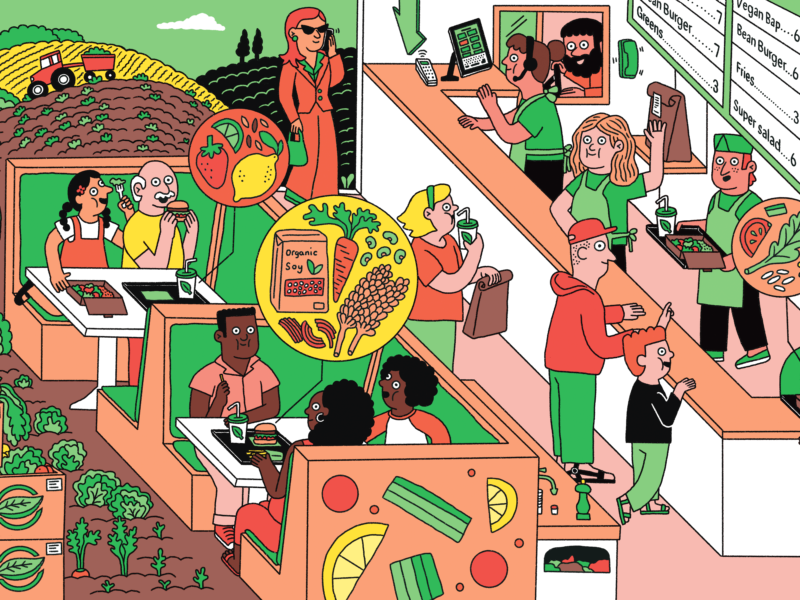Social media platforms and authoritarian populists have a troubled, tangled, symbiotic relationship
Evgeny Morozov, a prominent culture critic and social media expert, argues in a recent opinion piece for The Guardian that the global right-wing populist movement is divided over Big Tech companies. Globally, populists see the platforms as a way to subvert mainstream media, but in the United States the right wing sees it as a target to attack. Morozov’s analysis overlooks, however, the fact that American extremists have been having it both ways: they capitalize off the opportunity to radicalize individuals on social media, while cynically complaining about “far-left” ideologues, as demonstrated by recent events.
Last week, YouTube initially declined to sanction the right-wing comedian Stephen Crowder for posting videos filled with racist and homophobic attacks against a Vox journalist. As HuffPo reporter Andy Campbell observes, this is a really bad sign for the company’s new anti-hate policy.
Then the company proceeded to prove, as Will Oremus describes it, “The One Rule of Content Moderation”: Namely, if a decision is too controversial, reverse it. YouTube’s decision to take away Crowder’s ability to make money off his videos is neither a “hard-won victory” nor “mob rule,” but merely more evidence that the tech companies have no idea what they’re doing.
As this story by New York Times reporter Kevin Roose demonstrates, the recommendation engines that power platforms like YouTube are as influential as content moderation — if less visible. Roose reports that a series of tweaks to the recommendation system on YouTube made it even easier for white supremacists and other right-wing populists to radicalize their audiences.
However, Roose also reports that some left-wing YouTubers are hacking the system by mimicking the video style, lingo, and subject matter of right-wing populists, and then debunking their messages. These activists are modeling their tactics on successful de-radicalization by co-opting the medium, meme by meme. While this community-driven strategy is promising, its creators are ultimately at the mercy of the same algorithms as their far-right colleagues: if YouTube switches things up again, who knows whether they can still get their videos in front of the people who need them.
In other news:
States race to ban styrofoam in the latest skirmish of the much-needed war on plastic. Read more.
How an “innovation team” is ending blight in Mobile, Alabama. Learn more.
The small Hawaiian island of Moloka‘i is modeling a post-carbon future for us all. Here’s how.



